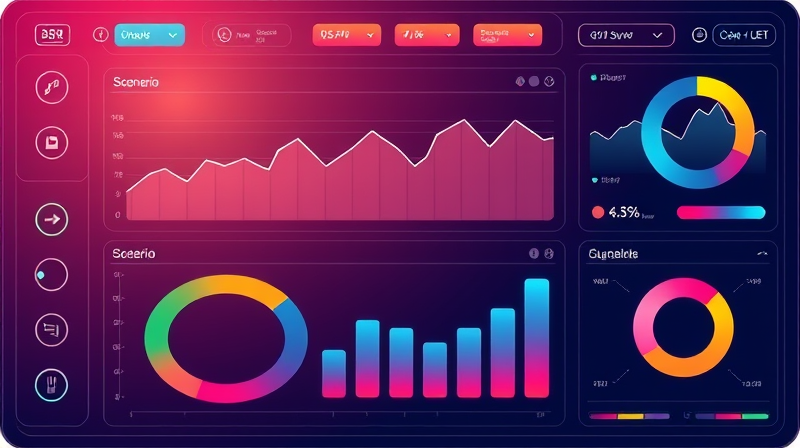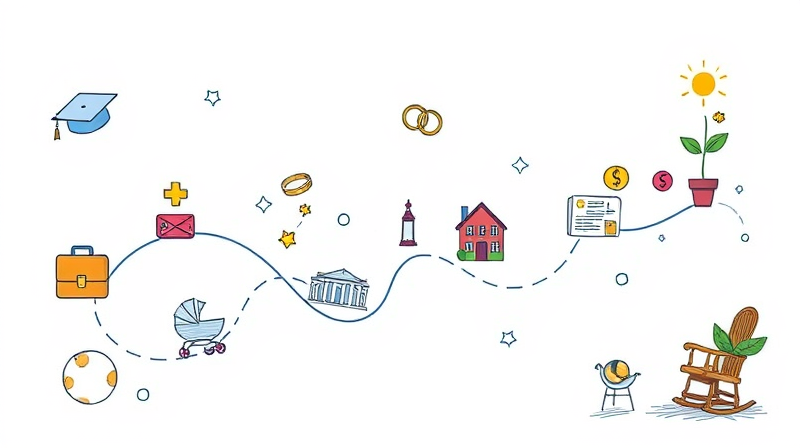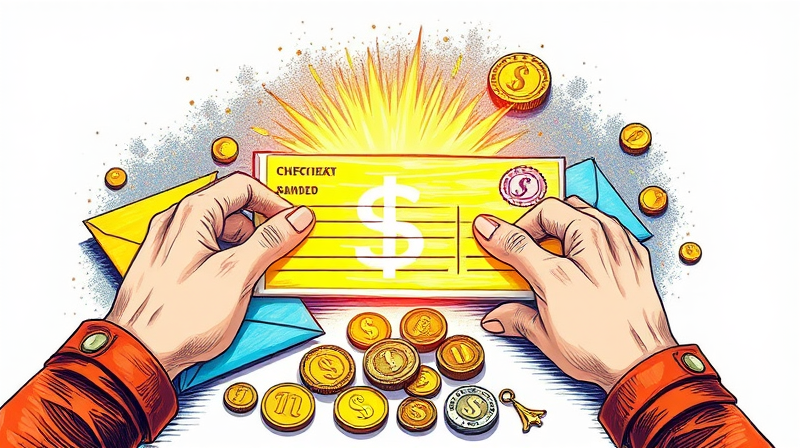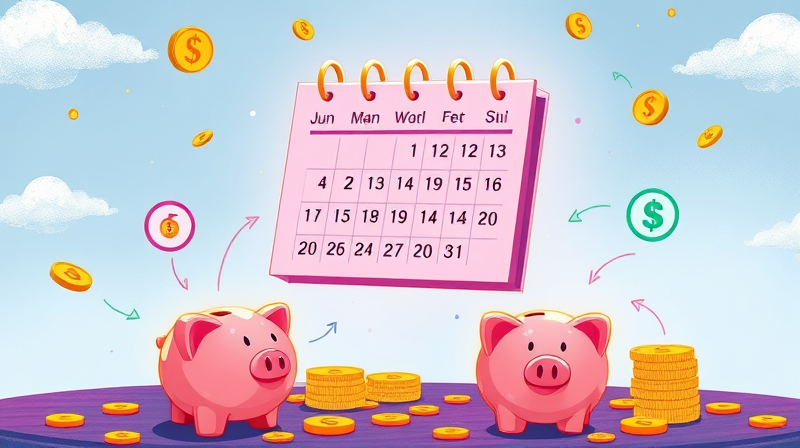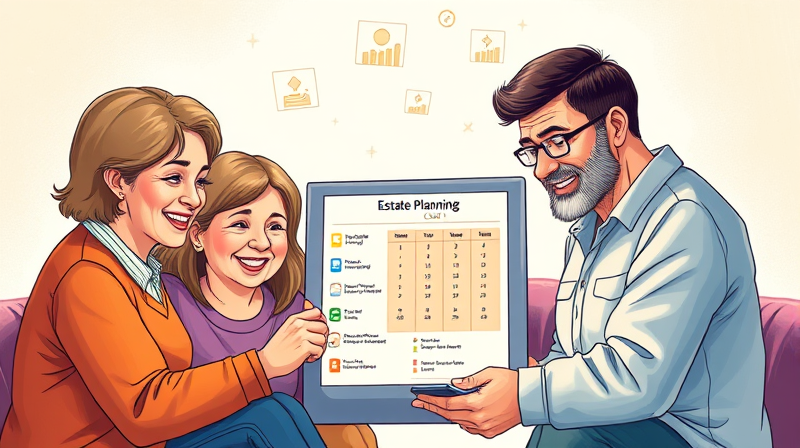
Meeting with an estate planning advisor can feel overwhelming if you arrive without the right preparation. This article provides a step-by-step guide to gather everything you need and ensure essential estate planning checklist items are at hand. With clear organization, you can focus on your goals and leave the meeting confident in your plan.
By following this framework, you will reduce stress, maximize productivity, and ensure your wishes are clearly communicated.
When you prepare in advance, you provide your advisor with a comprehensive view of your financial landscape and personal objectives. This allows them to design strategies that align with your values and legacy. A well-prepared meeting is often shorter, more focused, and leads to actionable next steps.
Without proper documentation, you risk overlooking vital information or making decisions based on incomplete data. Advance work empowers you to:
Start by creating a folder—digital or physical—where you collect all relevant paperwork. Having everything in one place helps both you and your advisor move efficiently through each topic.
Key items to assemble include:
Organize each document with a clear label and date. If you have digital copies, ensure they are backed up and easily accessible during your meeting.
Developing a detailed list of assets and liabilities is one of the most valuable exercises you can undertake. This personal balance sheet listing all assets provides a snapshot of your net worth and identifies items that require special attention.
Your inventory should cover:
Next to each item, note the type and value of each asset to give your advisor a sense of scale. Exact figures are helpful but rough estimates are sufficient if precise numbers are unavailable.
Before your meeting, decide on the individuals who will fulfill critical roles in your estate plan. Choosing the right people ensures your wishes are honored without dispute.
Consider the following appointments:
Discuss potential alternates in case your primary choices are unavailable. Having backup options demonstrates executor, trustee, and guardian appointments that leave no gaps.
Estate planning is not just about legal documents—it’s about legacy. Reflect on the values you wish to share, charitable causes you support, and the way you want to provide for loved ones.
Ask yourself:
Articulate any unique desires or personal messages. This beneficiary designations and contingency plans discussion often shapes the structure of trusts and bequests.
No matter how much research you conduct, your advisor’s expertise is invaluable. Prepare a list of targeted questions to maximize the value of your meeting.
Topics to explore might include:
Bring these questions to ensure you understand the rationale behind each recommendation.
As your appointment approaches, take these last-minute actions to ensure a smooth session:
Secure but accessible storage location information should be shared with your executor or trustee. Confirm that all digital files are organized in a single folder, and print any key documents that might be easier to review on paper.
Plan to spend at least an hour in the meeting, and block off additional time for any follow-up conversations or paperwork. After your session, schedule regular reviews after major life events like marriage, divorce, or significant asset changes to keep your plan current.
With these preparations complete, you can enter your estate planning meeting with confidence, knowing you’ve covered every critical detail. Your advisor will be able to dive directly into strategy, helping you build a legacy that reflects your values and protects your loved ones.
References

